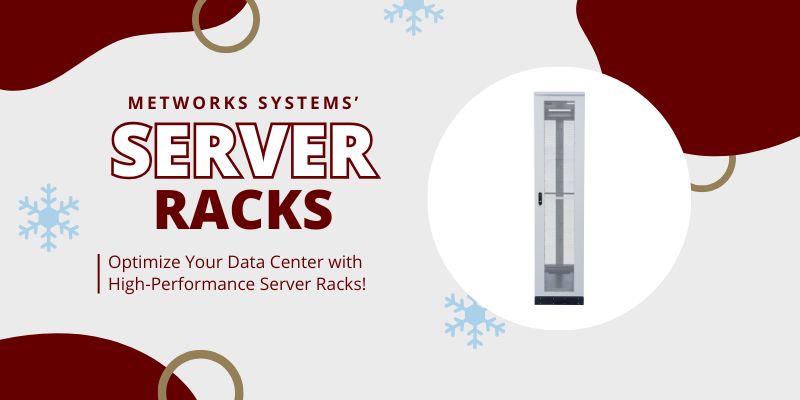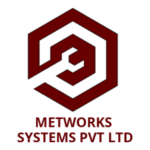In the rapidly changing landscape of technology, server racks manufacturers have transformed their products from simple metal frames into sophisticated, smart solutions integral to modern data management. Understanding this evolution provides insight into the current needs and future directions of server infrastructure.
Early Beginnings: The Basic Structure
The concept of server racks originated in the 1960s and 1970s when computer systems became more compact and required standardized housing. The first server racks were rudimentary structures made from basic materials like steel or aluminium, primarily designed to store servers vertically. These racks aimed to maximize space and improve organization but lacked advanced features such as cable management or airflow optimization. They were primarily functional, focusing on providing physical support and safety for the hardware.
The Rise of Standardization
As technology progressed, the need for standardization emerged. In the 1980s, the Electronics Industries Alliance (EIA) introduced standard specifications for rack mounting, known as EIA-310. This standardization facilitated compatibility among different manufacturers, including server racks manufacturers, allowing businesses to mix and match equipment. Racks became more versatile, accommodating various types of equipment beyond servers, including networking devices and storage systems. However, despite the improvements, these racks remained relatively basic, lacking the intelligence and monitoring capabilities we see today.
Technological Advancements and Airflow Management
The 1990s and early 2000s saw significant advancements in computing technology, with the proliferation of high-performance servers generating more heat. This led to the development of racks designed with improved airflow management systems. Server racks manufacturers began to focus on cooling solutions, incorporating features like perforated doors and adjustable shelves to enhance ventilation. The introduction of rack-mounted cooling units and airflow containment systems became commonplace, reflecting a shift towards prioritizing equipment longevity and performance.
Suggested Read: Choosing the Best Server Rack Manufacturers: A Comprehensive Guide
The Integration of Smart Technology
With the advent of the Internet and the growing importance of data centers, server racks began to evolve further. The introduction of smart technology in the 2010s marked a turning point in the functionality of server racks. Server racks manufacturers started integrating sensors and monitoring systems that provided real-time data on temperature, humidity, and power consumption. These innovations enabled data center operators to manage their environments proactively, reducing the risk of hardware failures and optimizing energy efficiency.
IoT and AI Transformations
Today, the evolution of server racks is heavily influenced by the Internet of Things (IoT) and artificial intelligence (AI). Modern racks from reputable server racks manufacturers can connect to centralized management systems, allowing for remote monitoring and control. AI algorithms analyze data collected from the racks, identifying patterns and predicting potential issues before they escalate. This level of intelligence enhances operational efficiency and enables businesses to implement predictive maintenance strategies, ultimately saving time and costs.
Customization and Scalability
The demand for customization has also shaped the current server rack landscape. Businesses now require solutions tailored to their specific needs, prompting server racks manufacturers to offer a range of customizable features. Modular designs allow for easy expansion and adaptation, accommodating the growth of data center operations without significant disruption. This scalability is crucial as organizations navigate the increasing volume of data generated in the digital age.
Future Trends in Server Racks
Looking ahead, server racks manufacturers will continue to evolve in response to emerging technologies and changing business requirements. Some anticipated trends include:
- Advanced Cooling Solutions: As data centers become denser, the need for innovative cooling methods will grow. Liquid cooling and phase-change materials are being explored to enhance thermal management.
- Enhanced Security Features: With growing concerns about data breaches, server racks manufacturers are likely to integrate advanced security measures, such as biometric access controls and integrated surveillance systems, into their racks.
- Sustainability Initiatives: As environmental awareness increases, there will be a stronger focus on sustainable materials and energy-efficient designs in server rack manufacturing.
Conclusion
The evolution of server racks from basic structures to smart solutions exemplifies the broader trends in technology and data management. Server racks manufacturers play a crucial role in this evolution, providing innovative and efficient solutions that meet the growing demands of the digital landscape. By investing in modern racks that incorporate IoT and AI, organizations can enhance operational efficiency, optimize resource management, and prepare for the future demands of data management.
The journey of server racks reflects the continuous quest for improvement, demonstrating how even the simplest components of our technology infrastructure can evolve to meet the complex challenges of today’s digital world.


